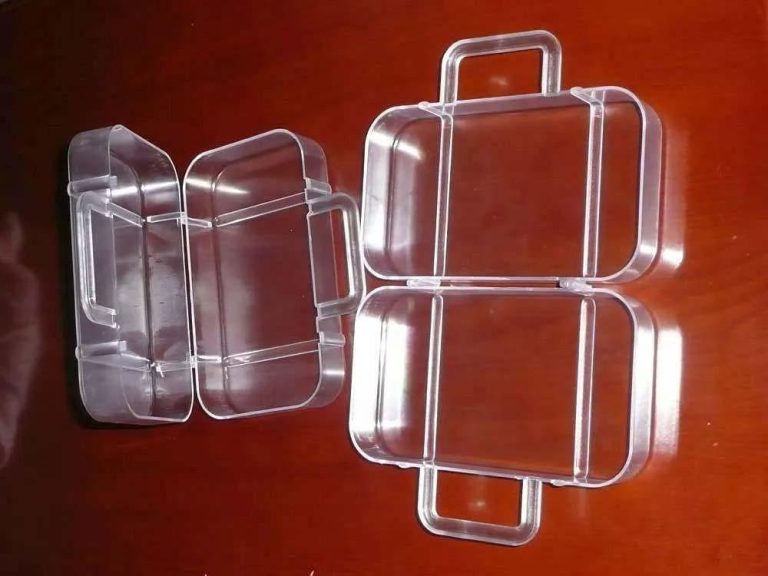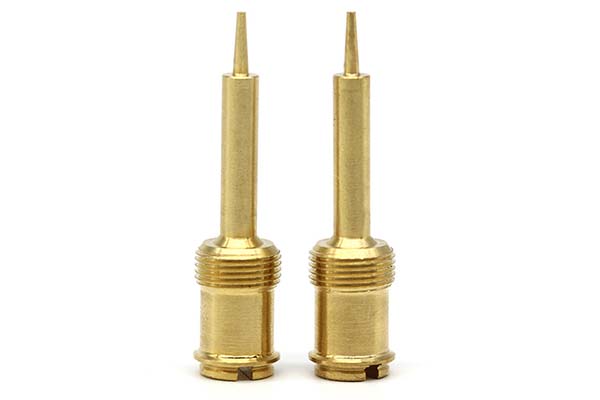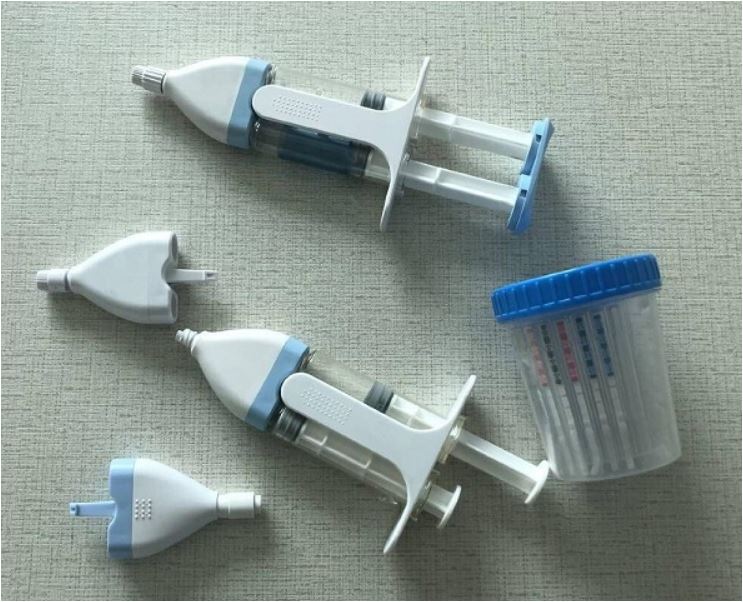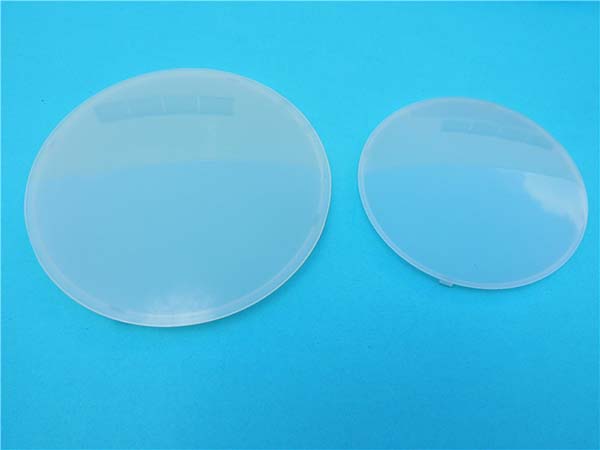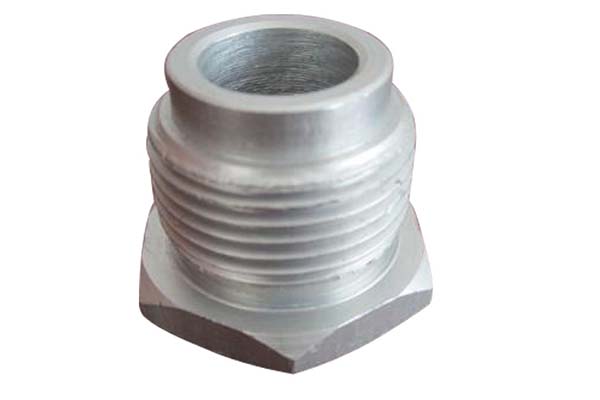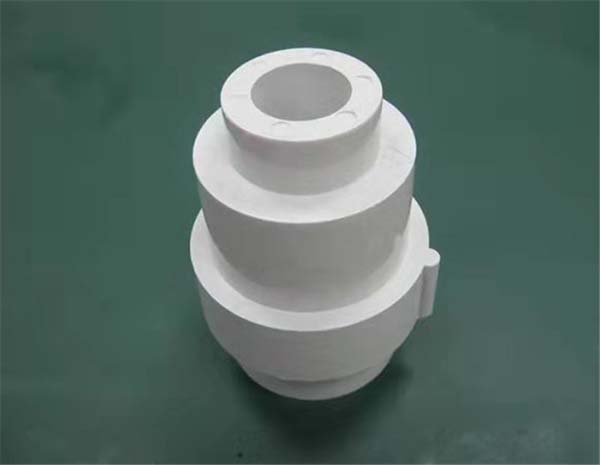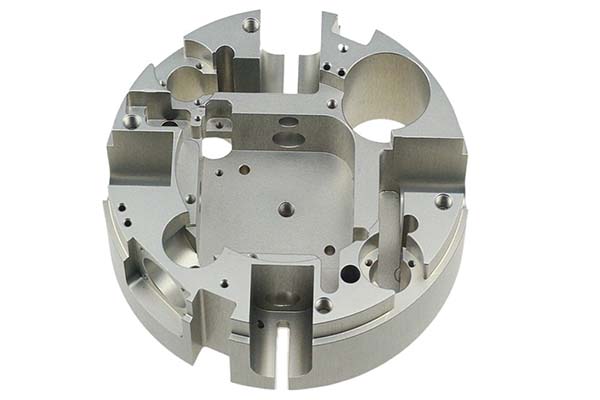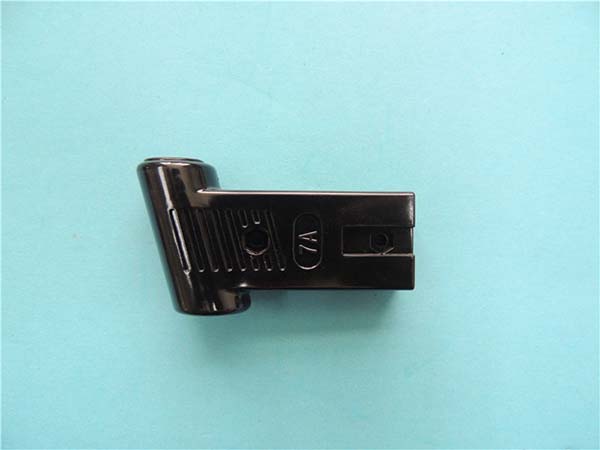What is Rapid Manufacturing?
Rapid manufacturing, also known as direct digital manufacturing, is a revolutionary approach to production. It encompasses a range of advanced techniques that enable the quick and efficient creation of parts, products, or prototypes directly from digital designs. This process stands in contrast to traditional manufacturing methods, which often involve multiple steps, complex tooling, and longer lead times.
Rapid Manufacturing Inc has emerged as a significant player in this field. Since its establishment, the company has been at the forefront of adopting and refining rapid manufacturing technologies. With a global footprint and a diverse clientele, it has set benchmarks in terms of quality, speed, and innovation. For instance, in the aerospace industry, Rapid Manufacturing Inc has successfully provided custom - made components in record time, meeting the stringent demands of aircraft manufacturers. This has not only reduced the production cycle but also enhanced the overall performance of the end - products.
The essence of rapid manufacturing lies in its ability to bridge the gap between design and production. By leveraging digital models, such as those created in Computer - Aided Design (CAD) software, manufacturers can skip the time - consuming process of creating physical molds or prototypes. Instead, they can directly translate the digital data into a tangible product, using technologies like 3D printing, CNC machining, or laser cutting. This not only accelerates the manufacturing process but also offers greater flexibility in terms of design changes and customization. As we move forward, it's crucial to delve deeper into the specific processes that make up rapid manufacturing, which we will explore in the following sections.
Key Processes Involved
1. 3D Printing (Additive Manufacturing)
3D printing, also known as additive manufacturing, is a cornerstone of rapid manufacturing. The principle behind 3D printing is relatively straightforward yet revolutionary. It starts with a 3D digital model, typically created in CAD software. The model is then sliced into numerous thin layers by the 3D printer's software. The printer deposits material, layer by layer, following the precise instructions from the sliced model, gradually building up the three - dimensional object. For example, in fused deposition modeling (FDM), one of the most common 3D - printing techniques, a spool of thermoplastic filament is melted and extruded through a heated nozzle. The nozzle moves in the X, Y, and Z axes, depositing the molten plastic layer by layer until the object is complete.
The applications of 3D printing span across multiple industries. In the medical field, it has been a game - changer. Surgeons can now print patient - specific anatomical models. For instance, a 3D - printed model of a patient's heart can help surgeons plan complex cardiac surgeries more effectively, reducing the risk of complications. In the aerospace industry, 3D printing is used to create lightweight yet strong components. Airbus has been actively using 3D - printed parts in its aircraft, such as brackets and ducts, which not only save fuel due to their reduced weight but also offer design flexibility that traditional manufacturing methods cannot match.
2. Injection Molding
Injection molding is another vital process in rapid manufacturing, especially for the mass production of plastic products. The process begins with melting the plastic material, which is usually in the form of pellets. The molten plastic is then injected under high pressure into a mold cavity that has the desired shape of the final product. Once the plastic has filled the cavity, it cools and solidifies, taking on the shape of the mold. After solidification, the mold opens, and the finished part is ejected.
In terms of production efficiency, injection molding is hard to beat for large - scale production. For example, a small plastic toy that might take several minutes to 3D - print can be produced in a matter of seconds via injection molding. A typical injection - molding machine can produce hundreds or even thousands of parts per hour, depending on the complexity of the part and the size of the mold. Moreover, the cost per unit decreases significantly as the production volume increases. For a production run of 10,000 plastic containers, the cost per container using injection molding can be as low as a few cents, while 3D - printing the same number of containers would be prohibitively expensive.
3. CNC Machining
CNC (Computer Numerical Control) machining is a subtractive manufacturing process. It involves using pre - programmed computer software to control the movement of factory tools and machinery. In CNC machining, a block of raw material, such as metal, plastic, or wood, is gradually shaped into the desired part by removing excess material through cutting, drilling, milling, or turning operations.
When comparing CNC machining with traditional machining methods, the differences in precision and the ability to create complex shapes are remarkable. Consider the following table:
| Aspect | Traditional Machining | CNC Machining |
| Precision | Limited, often with an error tolerance of ±0.1 - 0.5 mm | High, can achieve an error tolerance of ±0.001 - 0.01 mm |
| Complex Shapes | Difficult to create highly complex geometries, requires multiple set - ups | Capable of creating extremely complex 3D shapes with high accuracy in a single set - up |
For example, in the production of aerospace engine components, which require high precision and complex geometries, CNC machining is the go - to method. These components often have intricate internal cooling channels and complex outer shapes, which CNC machines can produce with great accuracy, ensuring the optimal performance of the engines.
Yigu Technology's View
As a non - standard plastic metal products custom Supplier, Yigu Technology highly values the role of rapid manufacturing. We see it as a powerful enabler for meeting the diverse and often urgent needs of our clients.
In the realm of custom - made plastic and metal products, rapid manufacturing allows us to quickly turn around prototypes. This not only accelerates the product development cycle for our clients but also enables them to test and refine their designs more efficiently. For example, when a client has a new concept for a specialized plastic component, we can use 3D printing or CNC machining to create a prototype within a few days. This speed gives our clients a competitive edge in the market, as they can get their products to market faster.
Moreover, the flexibility of rapid manufacturing aligns perfectly with our custom - manufacturing approach. We can easily accommodate design changes, no matter how minor or major they are. Whether it's adjusting the dimensions of a metal part or adding a unique feature to a plastic product, we can make these changes in a timely manner without incurring high costs or long lead times. This adaptability ensures that we can always provide our clients with products that precisely meet their requirements.
FAQ
1. What industries can benefit most from rapid manufacturing?
Industries such as healthcare, aerospace, and automotive can benefit significantly. In healthcare, rapid manufacturing allows for the production of custom - made prosthetics, implants, and surgical tools, tailored to individual patients. The aerospace industry benefits from the ability to create lightweight, high - performance components quickly, reducing both production time and costs. In the automotive sector, rapid manufacturing can be used for rapid prototyping of new vehicle designs, accelerating the development process.
2. Is the cost of rapid manufacturing high for small - scale production?
Contrary to common belief, for small - scale production, rapid manufacturing can be cost - effective. While the upfront investment in equipment and software might seem high, it eliminates the need for expensive tooling and molds as in traditional manufacturing. For example, 3D printing a small batch of unique parts can be much cheaper than setting up an injection - molding process for the same quantity, as injection molding has high initial tooling costs that are only offset in large - scale production runs.
3. How accurate are the products produced by rapid manufacturing?
The accuracy varies depending on the technology used. For instance, in high - end 3D printing, the accuracy can range from ±0.1 - 0.4 mm for consumer - grade printers, while industrial - grade 3D printers can achieve an accuracy of ±0.01 - 0.1 mm. CNC machining is even more precise, often achieving an error tolerance of ±0.001 - 0.01 mm, making it suitable for applications where high precision is crucial, such as in the aerospace and medical device industries.
